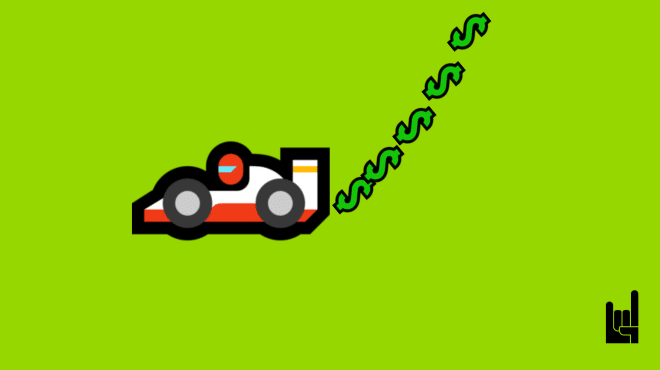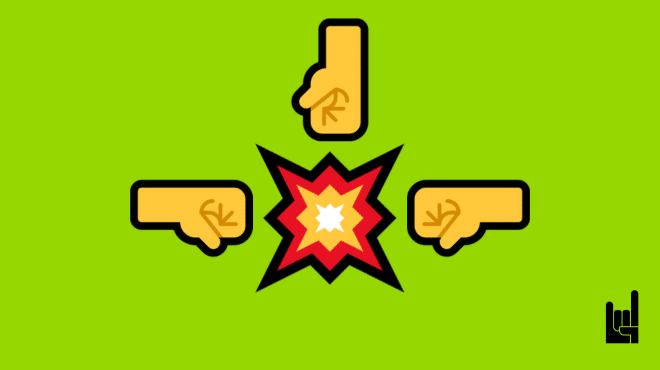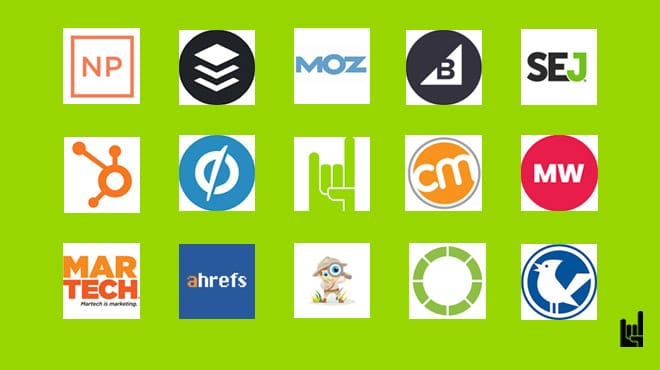But when the SaaS world met digital marketing, a new branch of marketing was born: growth marketing.
SaaS companies have a subscription-based model. Therefore, they focused not just on creating awareness for their brand and acquiring customers but also on retaining them and maximizing their lifetime value.
And thus SaaS marketing strategies were born.
These strategies proved so successful that non-SaaS businesses started equipping tactics from the SaaS world with great results.
Here are some of them to get inspired from, copy, and execute.
1. Inbound Marketing
Inbound marketing is the cornerstone of SaaS marketing. Rather than reaching out to your target audience, what is known as outbound marketing, inbound marketing is all about attracting potential customers through your assets.
At its core, inbound marketing strategies are about attracting consumers by creating useful content and experiences that are specific to them. In this branch of organic marketing, you are serving answers and solutions to specific questions and needs to already interested prospects.
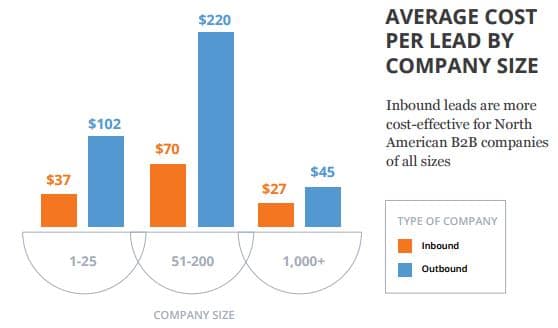
Like most inbound marketing agencies will tell you, the key to successful inbound marketing in a non-SaaS context is understanding the customer’s needs and interests, and then crafting content that speaks directly to those areas.
For non-SaaS businesses, inbound marketing can be a game-changer. By offering content relevant to your target audience, you can draw in potential customers organically. Which brings us to the next point.
2. Content Marketing
Content marketing, is integral to most SaaS strategies, be it vertical or horizontal SaaS. It’s about creating and sharing valuable content to attract and retain a clearly defined audience. It’s not just about selling a product or service, but about providing value.
For non-SaaS businesses, adopting content marketing means providing high-quality, relevant, and engaging content. No matter the industry you are in or the type of product or service you want to promote, your content should do one of the following:
Educate: This type of content is particularly useful in industries where the customers need a lot of information before making a purchase decision. A B2B service or product is usually more complex than its B2C counterpart. In this fashion, the content throughout the B2B content marketing funnel takes the form of:
- Whitepapers
- Case studies
- Industry reports
- Expert guides
Entertain: Content that entertains is designed to engage the audience emotionally, often by being funny, compelling, or inspiring. In contrast to B2B, B2C needs more often this kind of emotion to connect the brand with the audience. For a buyer to justify a purchase, it has to make them feel good. And one of the best ways to make someone feel good is to entertain them, usually through content such as:
- Social media posts
- Videos
- User-Generated Content (UGC)
- Contests & giveaways
3. Subscription-Based Models
Historically speaking, software was usually sold as a one-time purchase, through a CD that you’d install in your local drive. With the advancement of internet speed, cloud computing, and cloud apps, it became possible to host software on remote servers and deliver it over the internet.
This shift enabled software providers to offer their products as online services rather than physical products. And thus, the subscription-based model for SaaS was born. Under this model, customers pay a recurring fee, typically monthly or annually, to access a product or service.
For non-SaaS businesses, this could mean offering exclusive memberships, regular product deliveries, or ongoing service packages. Take Dollar Shave Club, one of the pioneers in D2C marketing, for example. Their viral video marketing campaign wasn’t what made the brand successful. Indeed, it was a valuable piece of the puzzle but the affordable subscription model for an item with recurring purchases (razor blades) was what made DSC a success story and revolutionized the whole industry.
At the end of the day, thanks to these kinds of models, it’s easier to build a consistent revenue which is vital for a healthy business. Not only that but subscription-based models can also build a loyal customer base that values the convenience and exclusivity of the service.
4. Pricing Models: Free Trials and Freemiums
Subscription-based models have also given birth to two other pricing models, namely free trials and freemiums. What makes both of these approaches work is that they offer potential customers a risk-free way to experience a product or service.
On the one hand, free trials allow potential customers to test a product or service for a limited time, giving them a firsthand experience of its value. In the non-SaaS context, for example, a fitness center could offer a one-week free trial to prospective members. This way, they have the opportunity to experience the facilities and classes before committing to a membership.
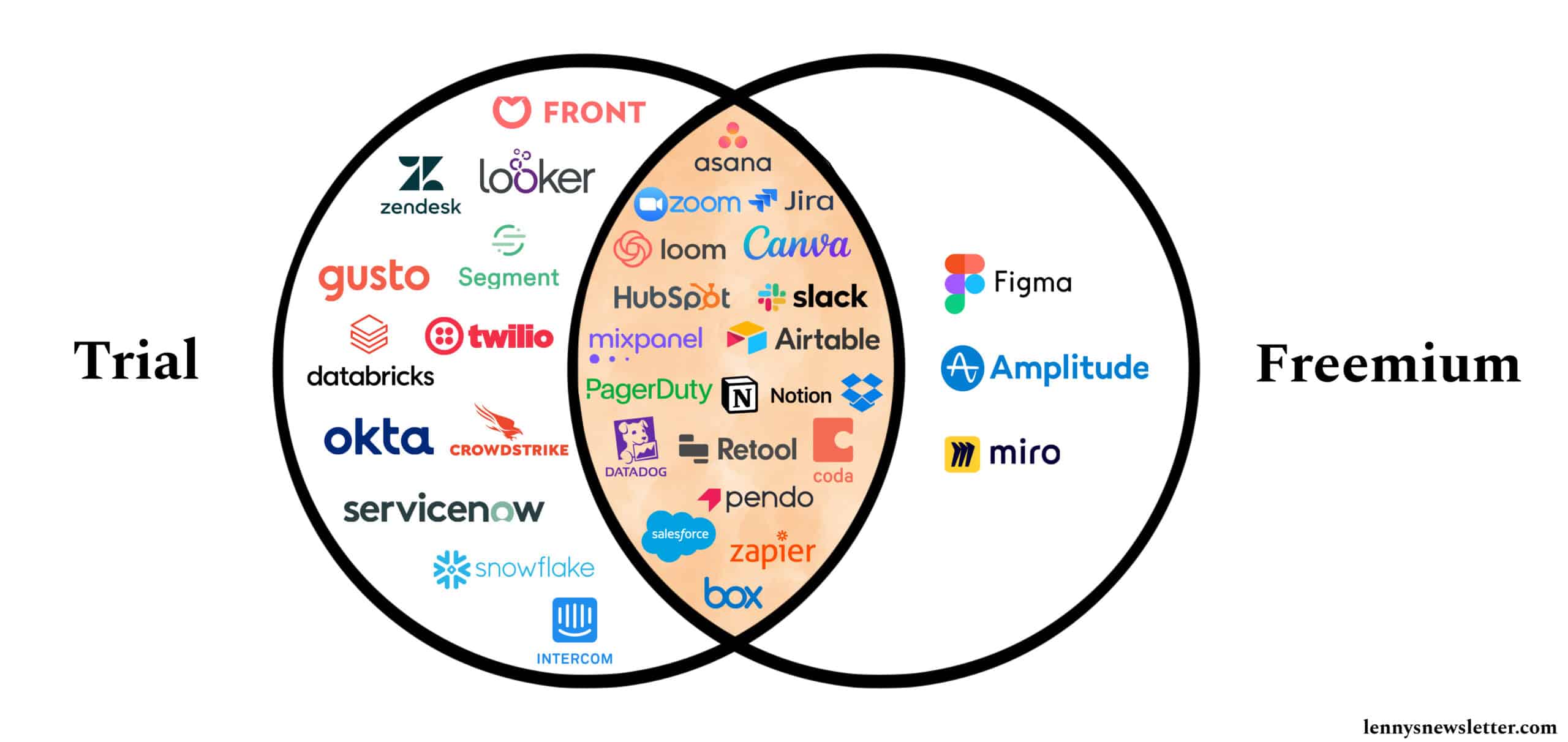
On the other hand, the freemium model provides a basic version of a product or service for free, while premium features are available at a cost. But how could a non-SaaS company make use of this freemium model? Imagine an amusement park or a zoo. They could offer free entry with limited access to attractions or exhibits and a premium ticket for full access or additional experiences like behind-the-scenes tours.
These pricing strategies can significantly boost customer acquisition by lowering the initial barrier to entry. The key is to ensure that the free or basic offerings are valuable enough to entice users, while the premium versions offer compelling additional benefits that justify the upgrade.
5. Email Marketing Automation
Thanks to email marketing automation, you can streamline the whole email marketing process. SaaS email marketing picked up on that since the beginning: it not only leveraged email marketing automation but also optimized it, effectively becoming a value tool for any SaaS CRO strategy.
The basic difference between SaaS email marketing and other types of email marketing lies in its subscription model. SaaS email marketing campaigns are not only lengthier but also more complex. Therefore, email marketing can be useful across the growth funnel; from customer onboarding to customer retention to referral marketing.
That said, pretty much any kind of business can benefit from email marketing automation through these kinds of automation, no matter if they work with a subscription-based model or not:
- Welcome emails: Start with GDPR-compliant welcome emails to new subscribers.
- Option emails: Allow subscribers to choose the type of content they want to receive.
- Educational emails: Share information on how to use your product or service effectively.
- Conversion emails: Encourage free trial users to become paying customers.
- Re-engagement emails: Reconnect with inactive subscribers using tailored content and offers.
- Relationship emails: Celebrate anniversaries or milestones with subscribers to strengthen the relationship.
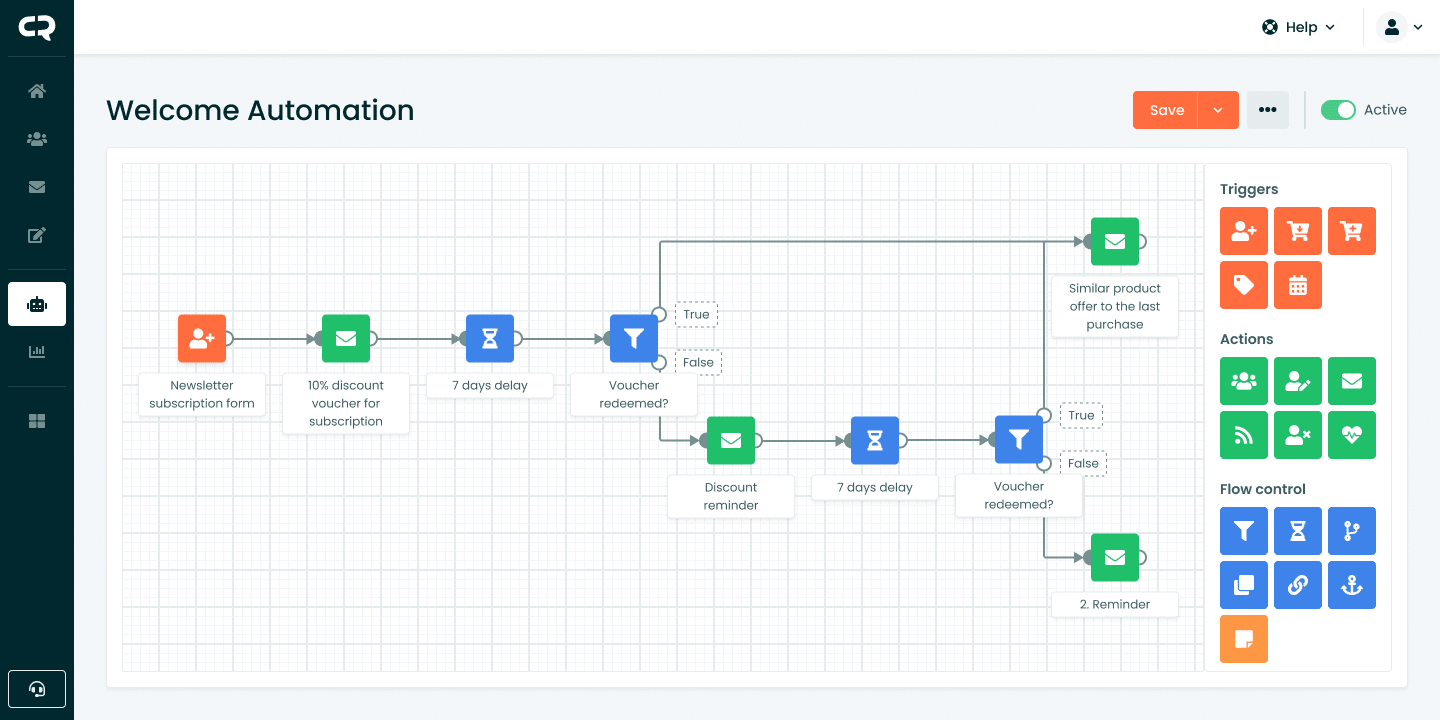
The most important part of using email marketing automation is to find the right mix of personal touch and automated messages. By knowing what customers like and how they behave, businesses can create automated emails en masse that still feel personal.
6. Multi-Channel Approach
SaaS companies are often at the forefront of exploring and leveraging new marketing channels due to their inherent focus on technology and innovation. Their success with these channels, especially in the case of startups, influenced every kind of company.
As a result, even traditional businesses have adopted these SaaS digital marketing channels to remain competitive, reach wider audiences, and improve their customer engagement and retention. For example, a restaurant could integrate all social media marketing, email newsletters, local event sponsorships, and in-restaurant promotions in its marketing strategy.
These so-called traction channels can take many different shapes and forms:
- Viral Marketing
- Public Relations
- Unconventional PR
- Search Engine Marketing
- Social & Display Ads
- Offline Ads
- Search Engine Optimization
- Content Marketing
- Email Marketing
- Engineering as Marketing
- Targeting Blogs
- Business Development
- Sales
- Affiliate Programs
- Existing Platforms
- Trade Shows
- Offline Events
- Speaking Engagements
- Community Building
7. Data-Driven Decisions
SaaS companies led the way in making data-driven decisions. Through analytics tools, they can track user behavior, preferences, and engagement. This allows them to make informed decisions about many different business aspects, including product development, marketing strategies, and customer service.
Now, this approach isn’t just for tech companies anymore. Many different kinds of businesses are now using data to make better decisions. With robust analytics and reporting tools for analyzing and reporting, these businesses can gather and use information from a variety of sources.
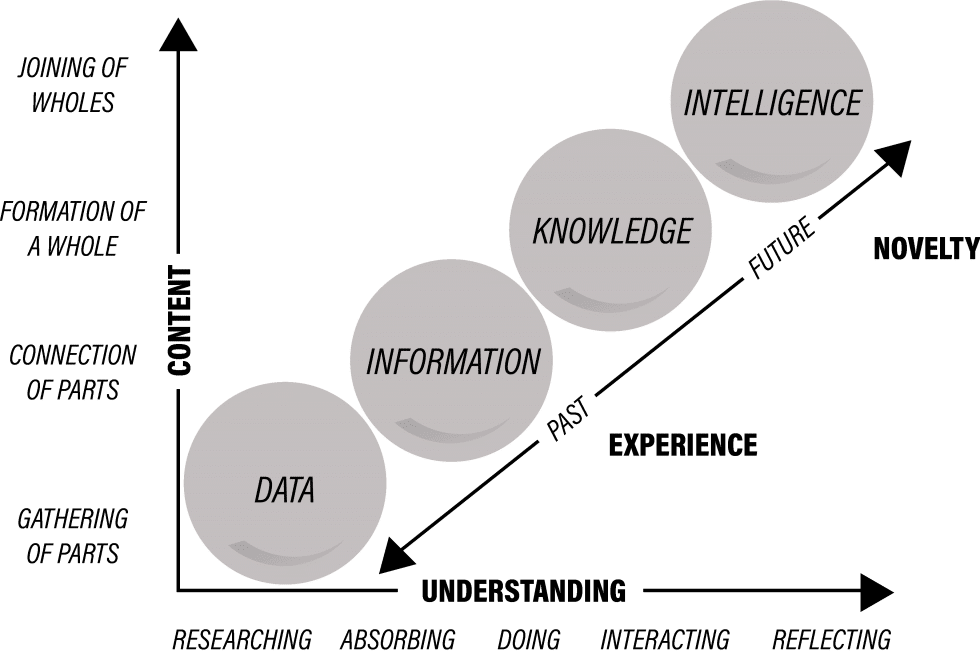
This helps them understand their customers and what’s happening in the market more deeply. By looking at this data, they can figure out what their customers want and need, spot trends, and make smarter choices in areas like product creation, marketing, and customer service.
For instance, an eCommerce store can analyze purchase patterns to determine the most popular products and tailor its inventory and promotions accordingly.
8. Referral Programs
Referral programs are one of the most effective SaaS marketing strategies. Dropbox’s success story has now become a classic case study. Thanks to its referral program, Dropbox managed to grow the platform by ~4,000% in two years. Since then, other SaaS companies have followed suit and adopted many referral programs successfully, with company names including Slack, Evernote, Hubspot, and Zoom.
However, referral programs can be equally successful outside the SaaS sphere:
- H&M had a marketing referral program that gave discounts to both referrers and referees for fashion products.
- HelloFresh provides meal kit discounts.
- Lyft gave free ride credits.
- Starbucks’ Rewards program gave bonus points for referring friends, redeemable for free drinks.
- Amazon Prime offered a referral bonus in the form of Amazon credit for each new Prime subscription.
Likewise, different kinds of businesses can equip different kinds of referral programs. Here are a few ideas:
- Restaurant: Offer a loyalty card where each referral earns a stamp, leading to a free meal after a certain number of stamps.
Real estate agencies: In typical real estate marketing, agents receive a percentage of the commission from a closed deal that results from their referral.
- Fitness centers: Provide a month of free membership or exclusive fitness classes for each successful referral.
- Educational platforms: Offer course discounts or free additional learning resources for every new student referred.
- Home services: Give a free service visit for each referral that results in a new customer.
- Pet care services: Offer a free grooming or pet-sitting session for every referral that becomes a regular client.
Conclusion
SaaS marketing revolutionized digital marketing through its processes and growth hacking tools. It made customer experience and long-term relationships a priority and, at the same time, it shifted the focus from one-time sales to ongoing engagement.
Are you looking to apply the best strategies and tactics from the SaaS world to your business?
Contact us: book a slot with just two clicks, and find out how we can help you grow!

I write for GrowthRocks, one of the top growth hacking agencies. For some mysterious reason, I write on the internet yet I’m not a vegan, I don’t do yoga and I don’t drink smoothies.
